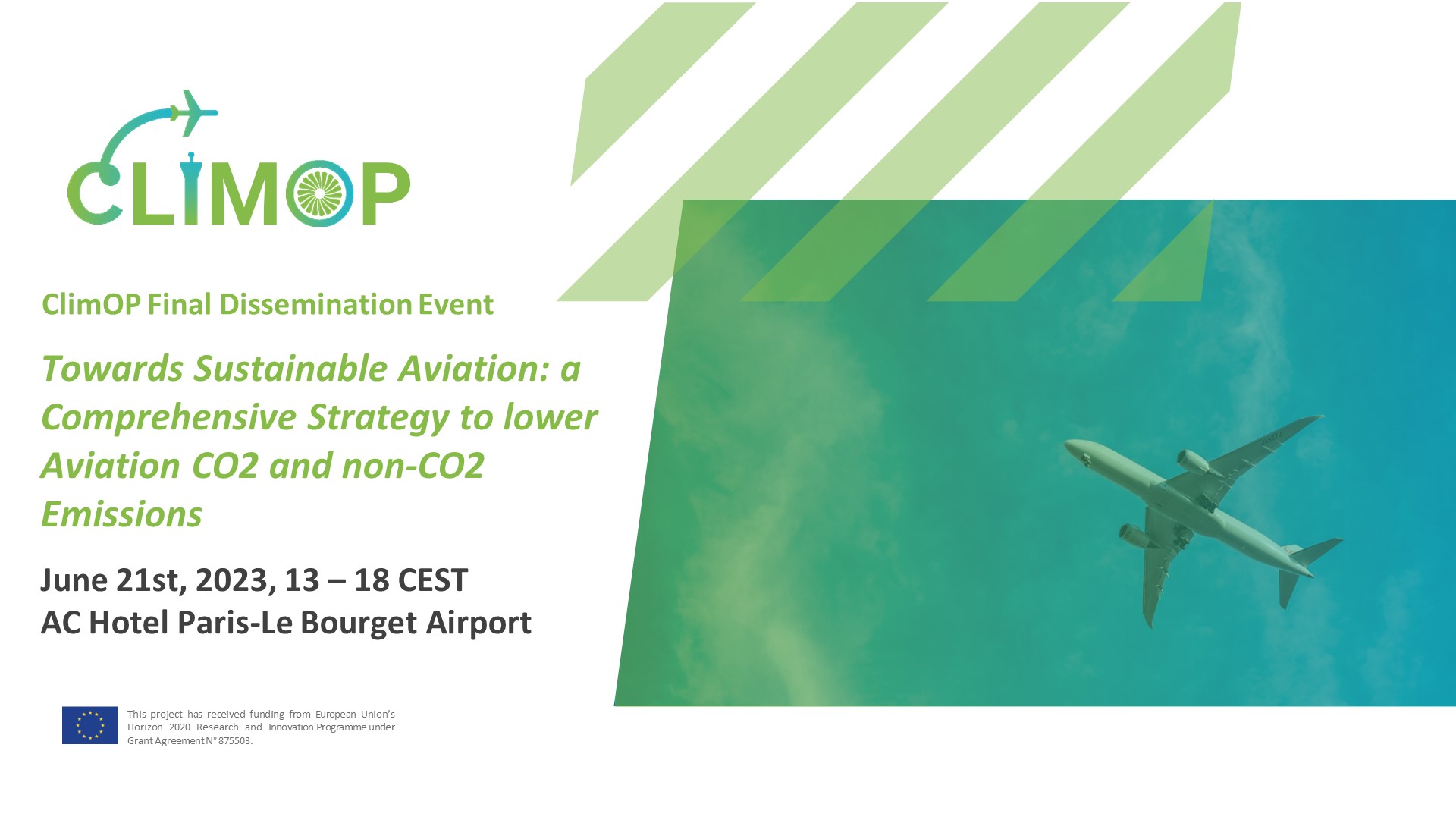Free routing in high-complexity airspace is one of the operational improvements (OIs) that is evaluated within the ClimOP project. The free routing concept aims to remove the burdens originating from the fixed air traffic service routes and provides an opportunity for flying more efficient routes to reduce fuel consumption and environmental impacts. Depending on the trajectory planning strategy, the different objectives can be prioritized in the free routing concept. The OI has the potential for making aviation more sustainable.
Within the ClimOP project, the OI has been assessed by focusing on specific high-complexity airspace in the ECAC area. Based on the real flight plans on a selected day, the OI has been implemented using shortest routes and advanced trajectory planning strategies by focusing on several objectives and considering wind information. The trajectories in the baseline scenario and the free route airspace have been generated via the developed trajectory generation and optimization tools. Then, the defined KPIs (Key Performance Indicators) have been calculated using the obtained trajectories and the developed models to assess the impact of the implementation of the free routing concept via different objectives on the stakeholders and the climate.
The results of the climate impact assessment show that the free routing in the focused high-complexity airspace has the potential of reducing the climate impact by around 25%, with respect to the baseline scenario in 2018. Besides the climate metrics, the non-climate metrics are also assessed to figure out the impact of the different implementations of the concept on the aviation stakeholders. The assessed KPIs are listed as the travel duration, fuel consumption, emissions, routing efficiency, conflict probability, ATC workload, direct operating cost, and ATR20. Currently, we are working on preparing a paper to publish our study and findings in detail.
Author: Baris Bapisnar – Istanbul Technical University




